
MHS - Defending the Homeland: Proning made easy at Keesler Air Force Base

A simulation model at Keesler Air Force Base lies on a newly designed pronating shelf, designed to assisted COVID-19 patients with their breathing
COVID-19 has presented many challenges to the medical community. Among those challenges is treating patients with respiratory failure. Adult respiratory distress syndrome, or ARDS, is a complication of COVID-19 among intensive care unit patients. To address this issue, a team from the Air Force’s 81st Medical Group, or MDG, at the Keesler Medical Center aboard Keesler Air Force Base near Biloxi, Mississippi, prototyped a “proning shelf” that can be attached to an ICU bed. The shelf helps ARDS patients rest in a position that allows easier breathing.
“Our Keesler Medical Center medics are leading the way in innovating new care techniques for COVID-19 patients,” said Air Force Col. Beatrice Dolihite, service commander of the MDG at Keesler. “The ability to place patients in a proning position was seen by our team as part of the medical care plan needed to treat COVID-19. We are very excited to have this capability in our ICU.”
ARDS is a respiratory illness that reduces the working area of the lungs. That reduction causes low oxygen levels in the body. Patients with ARDS are placed on a ventilator and sedated for comfort. However, ICU patients rest on their backs in bed, causing gravity to pool fluids and increase pressure at the base of the lungs. Providers reverse that gravitational pull by placing patients in a "pronated position," or face down.
Placing a sedated, ventilated patient face-down results in additional challenges, such as making sure ventilator tubes are secured and free from bends or obstructions. Hospitals normally lease specialty beds for the few patients that may need pronation. Now these beds are in short supply as the country combats the COVID-19 pandemic.
The MDG’s Education and Training Flight, led by Air Force Maj. Mark Gosling, developed instructions for how to use normal ICU beds to prone patients. The process uses pillows, multiple layers of sheets, and procedures to safeguard all IV lines and tubing necessary to treat the patient.
"Our education department works with other departments on a routine basis, as we are a supportive department for the MDG,” Gosling said. “My team is excellent at pulling together resources to solve problems.”
The team later discovered that the prone position leaves the head and neck turned to one side. Long periods of time in such a position lead to problems for the airway and neck. Ideally the patient’s head would face straight down and still be supported. The position must also leave the airway tubing free and able to ventilate.
Experts at the fabrication shop from the 81st Training Support Squadron at Keesler AFB were contacted for help. The team members were each working from home when the call came in. Led by Thomas Lassabe, the team arrived early in the morning to assess the situation and hatch a plan.
“We’ve worked with Major Gosling’s team on multiple projects in the past to produce training items for the MDG Simulation Lab,” Lassabe said, “so when the call came in to help with this request, the team jumped in and knocked it out.”
Within two and a half hours, the team went back to the MDG Simulation Lab with a prototype shelf that used the support posts from patient headboards as attachments. This shelf, along with a gel head support from the surgery department, cradled the patient's head and neck in the proper position for easy breathing. With minor adjustments, the skilled craftsmen had produced seven more “proning shelves” by the end of the day.
The team later discovered that the shelf needed an opening for ventilator tubing to pass through and not bend severely. With the help of the respiratory therapy department, the team modified the shelf to make room for tubing. The proning shelf project, started on a Tuesday morning, was fully operational and tested by close of business the next day. ICU nursing staff trained on the proning procedure and knew how to use the equipment the day after that.
“As we started to create the prone positioning training, our simulation element knew the skills that the fabrication guys could bring to our team,” Gosling said. “It was awesome to see this group quickly gel and put together not only training but design and build equipment specific for our program.”
Keesler Medical Center remains ready to provide top notch critical care for the COVID-19 pandemic. That care involves dedicated teams who bring with them a can-do mentality and willingness to try out-of-box ideas.
“We like to say that we have the best job on Keesler Air Force Base,” Lassabe said. “It’s requests like this that solidify the important role we play in providing high-quality training devices and real-world requirements to Team Keesler and customers across the DoD.”
“A group commander once told me we need to have a ‘why’ story to tell the reason you joined the military,” Gosling continued. “This is why, to work with outstanding people while making a difference in patients’ lives."
I Am Navy Medicine - Stopping the spread of COVID-19: Hospital Corpsman 3rd Class Donald Cooney
Article
4/23/2020
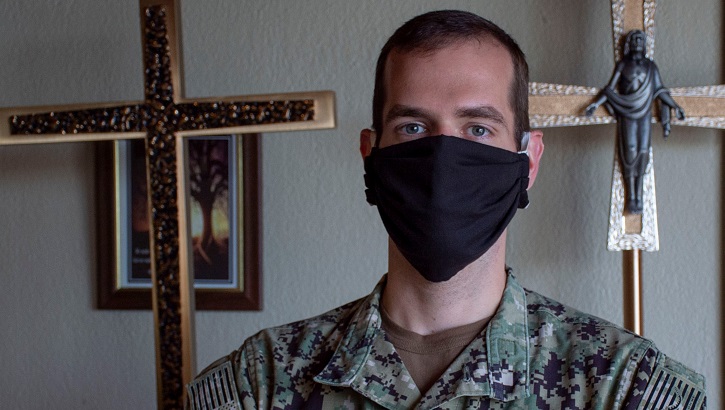
Faith and a strong sense to serve his country has brought a Lebanon, Ore., native to the world of Navy Medicine.
Early Detection Support for Troops During COVID-19
Article
4/23/2020

The network’s ability to integrate the priorities identified by the Combatant Commands into its mission creates an agile organization ready to respond to needs as they occur.
DOD, VA launch Joint Health Information Exchange
Article
4/21/2020
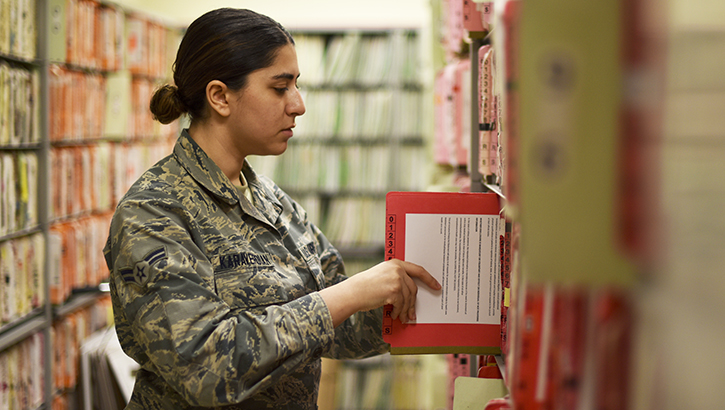
Increased access leads to gains in patient care, outcomes
Cybersecurity critical for DoD teleworkers during pandemic
Article
4/21/2020
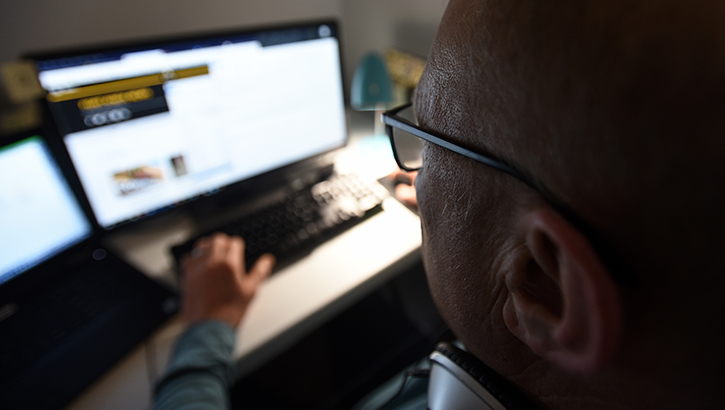
During the COVID-19 pandemic, there is a high-volume of DoD network users teleworking. Everyone must balance the requirements of the military health care mission with that of protecting the network, computers and mobile devices.
Modification and Reissuance of DoD Response to Coronavirus Disease 2019 -Travel Restrictions
Publication
4/20/2020
All DoD Service members will stop movement, both internationally and domestically, while this memorandum is in effect. All DoD civilian personnel, and dependents of DoD Service members and DoD civilian personnel, whose travel is Government-funded will stop movement, both internationally and domestically, while this memorandum is in effect.
Chaplains virtually bolster resiliency in the midst of COVID-19
Article
4/20/2020
.ashx?h=68&la=en&mw=120&w=120&hash=DDBD2352E890EA169BE8C49C79DDE1D1E15716AD350448EFD94B3077B60147CA)
The pandemic has charged the team to strengthen the bonds of interaction between itself and the community.
AFMES missions continue through COVID-19
Article
4/17/2020
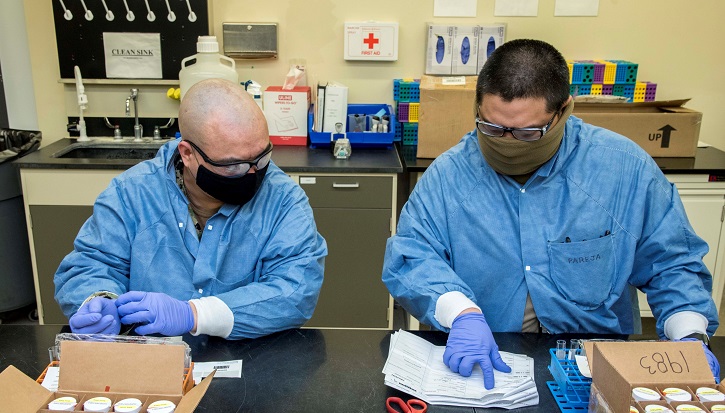
AFMES is a resilient organization that is committed to accomplishing the mission during the global pandemic.
Mobile app may offer hope in times of distress
Article
4/16/2020
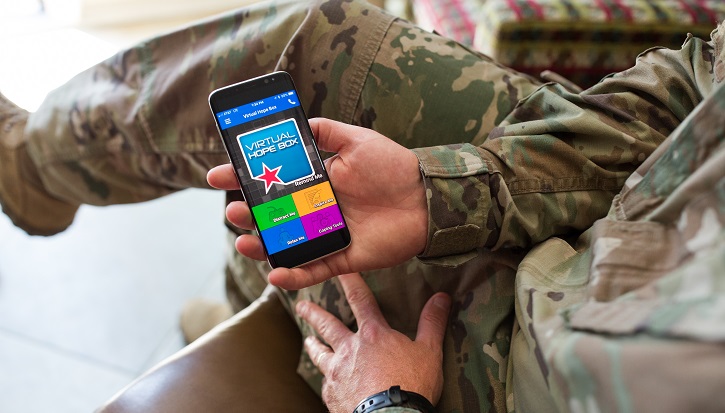
Virtual Hope Box is one mobile app solution that may help individuals cope
Uniformed Services University Adds COVID 19 Training to Curriculum
Article
4/16/2020
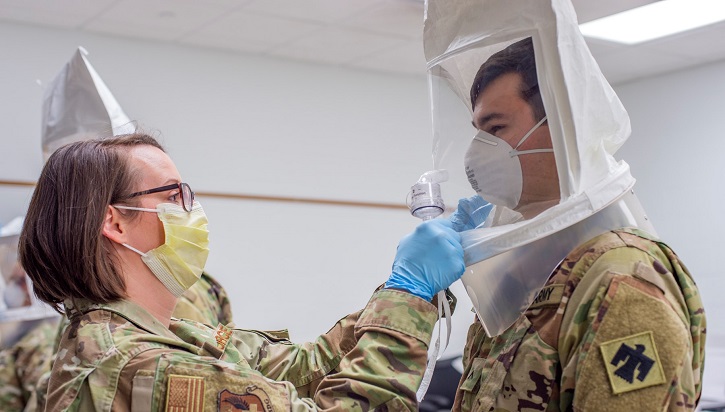
All of the university’s medical school Class of 2020 students completed the training prior to graduating, and the rest of the medical students have until April 15 to finish.
COVID-19 and its impact on healthcare in Europe
Article
4/15/2020
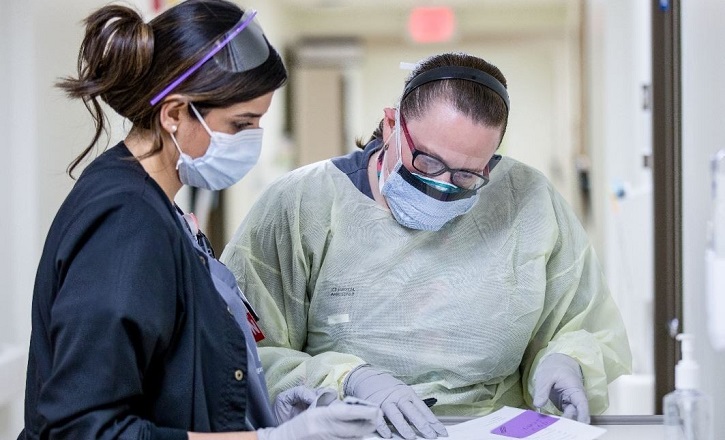
MTF staffs are working hard to meet the needs of beneficiaries across Europe
Memorandum on Providing Federal Support for Governors' Use of the National Guard to Respond to COVID-19
Publication
4/14/2020
Benefits Eligibility for 32 USC 502(f) Missions
Publication
4/14/2020
A chart outlining the various Benefits Eligibility for 32 USC 502(f) Missions
Implementation Guidance for Presidential Memorandum, "Providing Federal Support for Governor's Use of the National Guard to Respond to COVID-19 ," Dated April 7, 2020
Publication
4/14/2020
DoD COVID-19 Practice Management Guide Version 2
Technical Document
4/14/2020
This COVID-19 Practice Management Guide has been rapidly and thoughtfully developed by a multi-specialty group of 60 subject matter experts from across the Department of Defense Military Health System. The intent of this publication is to provide clinicians and military medical treatment facilities (MTFs) with best practices based on latest evidence to optimize DoD response to the current COVID-19 pandemic. This Practice Management Guideline consolidates resources and optimizes the management of patients requiring clinical care during the global COVID-19 pandemic.
Military medical training continues during COVID-19
Article
4/14/2020

METC’s mission - to train the world's finest medics, corpsmen and technicians - is vital to force readiness and the nation.






















.png)











No hay comentarios:
Publicar un comentario